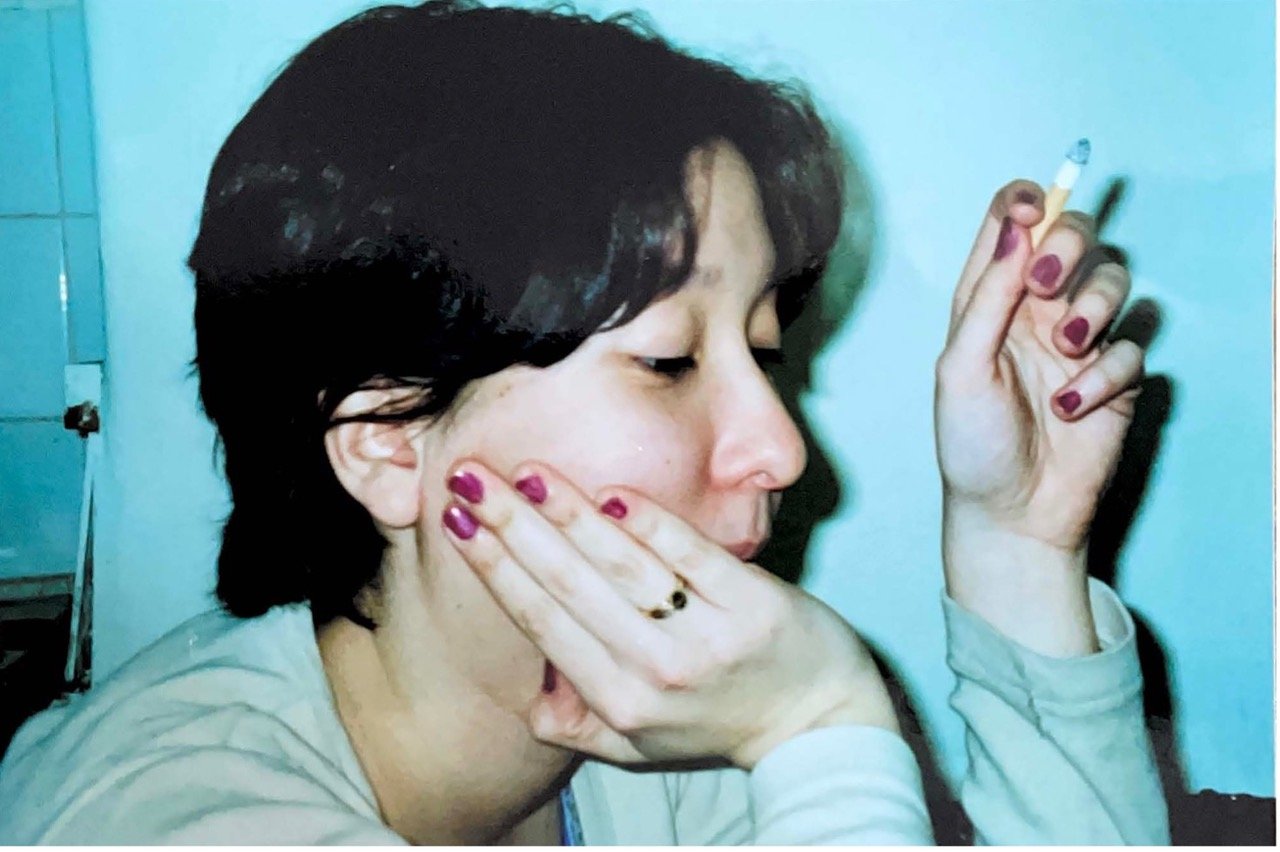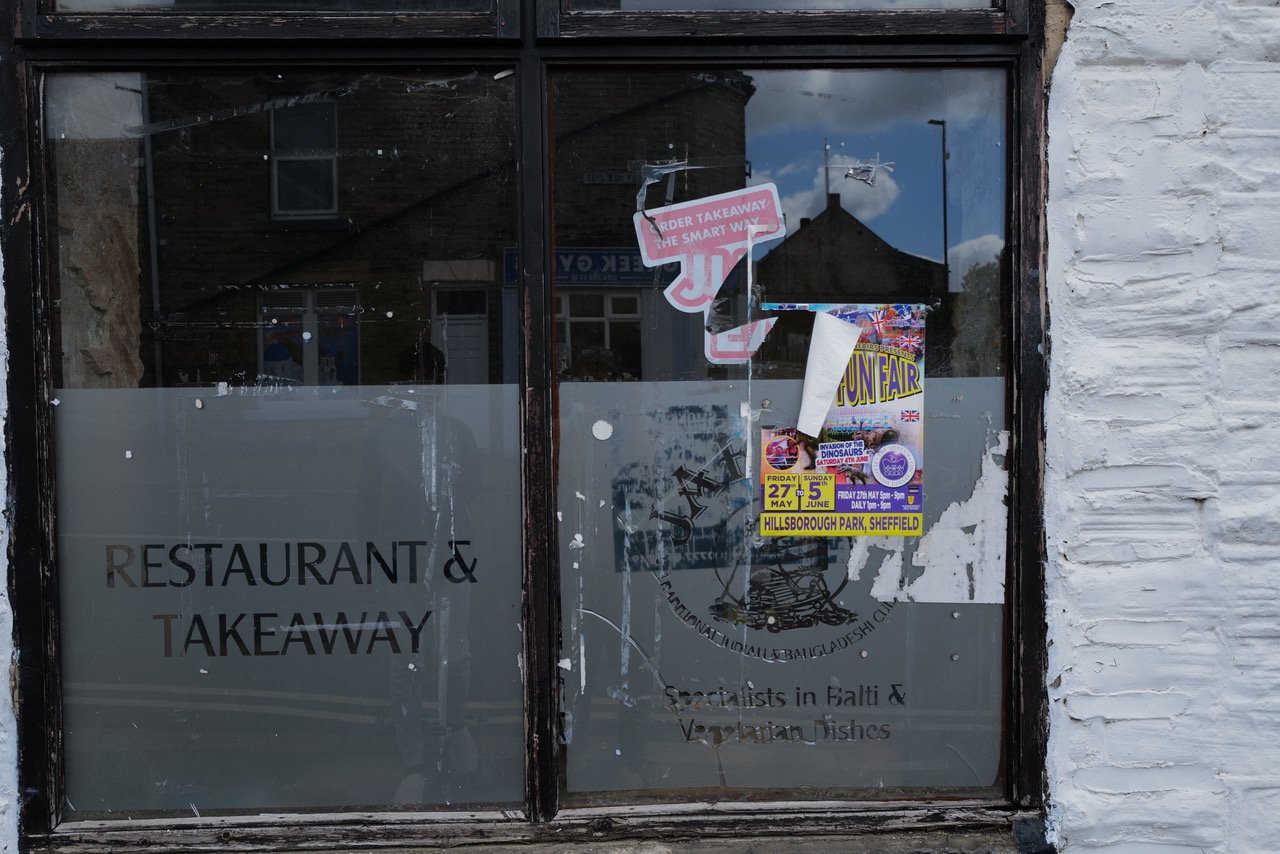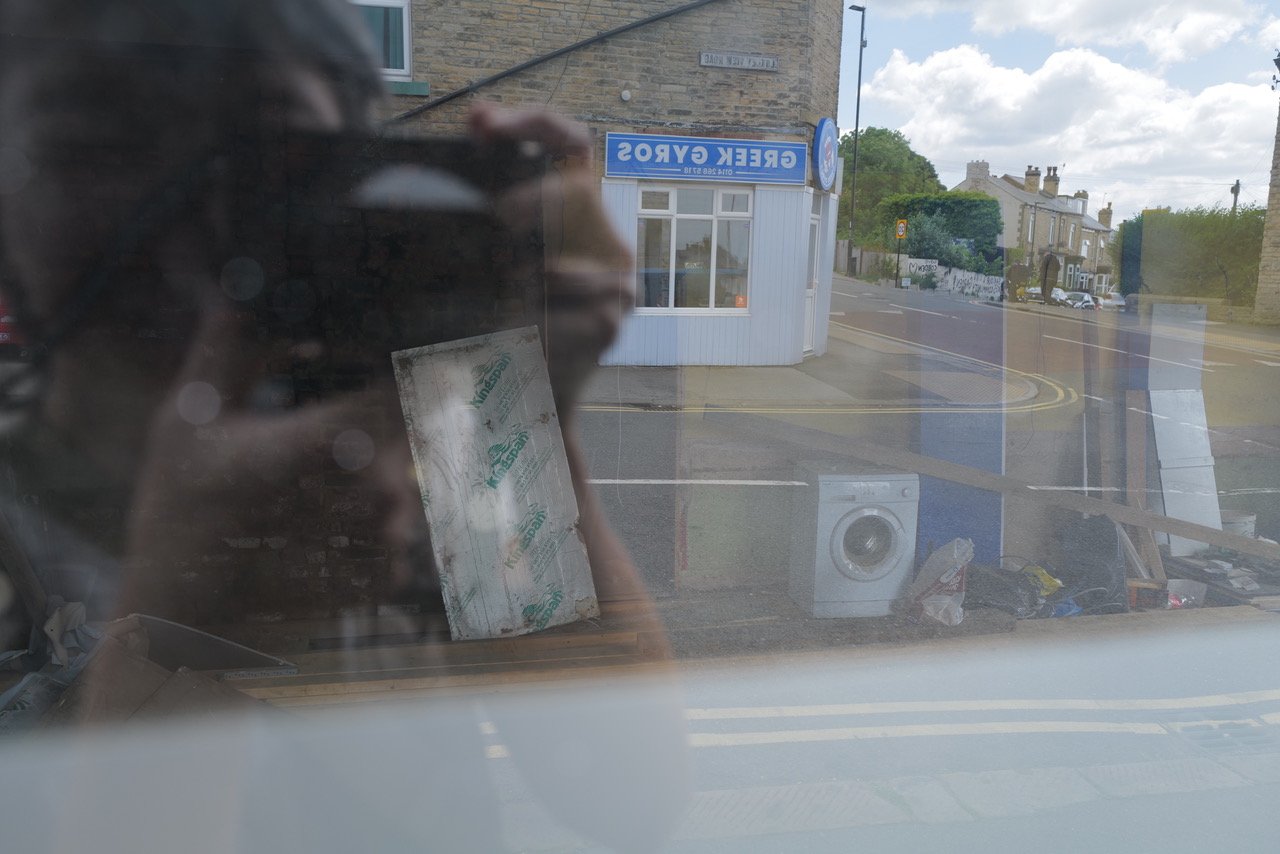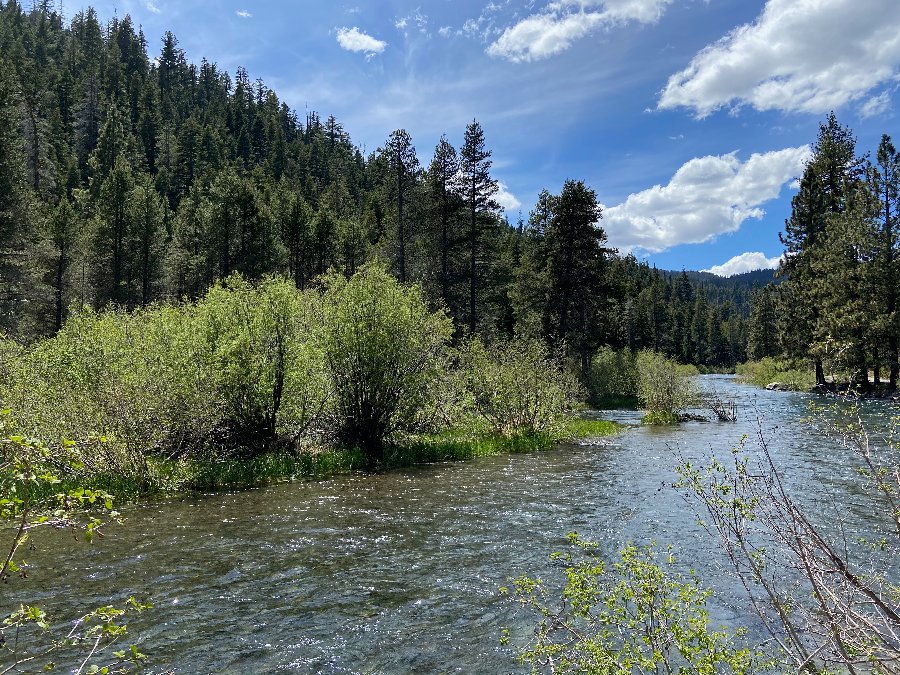Out of Place is an irregular series about movement and place, and the novels that take us elsewhere, by regular contributor Anna Evans.
‘Nothing keeps me here or elsewhere.’ Freedom and writing in Colette’s The Vagabond
It is true that departures sadden and exhilarate me, and whatever I pass through – new countries, skies pure or cloudy, seas under rain the colour of a grey pearl – something of myself catches on it and clings so passionately that I feel as though I were leaving behind me a thousand little phantoms in my image, rocked on the waves, cradled in the leaves, scattered among the clouds.
In the dressing room of the Empyrée-Clichy, a café-concert in Paris, Renée Néré is preparing for her act. She contemplates the mirror, from behind the mask of her stage make-up: ‘my painted mentor and I gravely take stock of each other like well-matched adversaries.’ It is a cold night, and the dressing rooms are unheated. She can feel the floor vibrate from the chorus and the dancers, listening to the creaking iron staircase and waiting to go on stage as the minutes crawl slowly by. This is ‘the dangerous, lucid hour,’ the time when thoughts and doubts creep in. A restless crowd has gathered in the dark and dusty, smoky auditorium. From the moment the first bars of music strike up, a mysterious discipline takes over and Renée has the sensation that all is well, that she no longer belongs to herself. On the stage she feels ‘protected from the whole world by a barrier of light.’
Published in 1910, La Vagabonde, which translates as ‘the wanderer’ was something of a turning point for Colette. This story of life in the music halls of Paris in the early twentieth century was drawn from her personal experience, travelling around France performing as a dancer and mime. As Renée reflects upon solitude and independence, the conflict between a sense of liberation and security, the book mirrors Colette’s own struggles to find artistic freedom.
The encounter with the mirror image, a self-portrait in disguise, is something that recurs in Colette’s writing and suggests a way of framing her work. As she writes in her 1928 novel, Break of Day: ‘Are you imagining, as you read me, that I'm portraying myself? Have patience: this is merely my model.’
Written in a personal style, The Vagabond is a novel that breaks new ground suggesting that Colette was already beginning to explore the possibilities of a shifting style of writing, moving between fiction and memoir. In her work she mixes genres and different modes of writing in a way that feels distinctive and radical. Colette’s form of writing was based around her own life, but carefully crafted and shaped; constantly reinvented. From the start, we are in the company of a voice that feels fresh and immediate. The Vagabond is written in a first person, present tense that makes it feel ageless and undated. The tone is full of energy and sparkle. She is playful and inventive, witty and disparaging, yet also compassionate and sincere.
Written in three parts, the novel mirrors aspects of Colette’s life and the events following the end of her first marriage to Willy. Married at the age of twenty, Colette’s life was transformed from the quiet solitude of her upbringing roaming the countryside, to a Parisian woman of society. Willy wrote popular novels, or more accurately employed a production line of young writers to produce the work which was unpublished under his own name. It was during these years that Colette began to write, later she would describe this as her ‘apprenticeship’, and became a ghost writer, publishing the Claudine series of novels under Willy’s name. The Claudine novels were incredibly successful, and the couple became well known within Parisian society. Not only did Willy keep the rights to the books, but he also sold them for an enormous sum of money in 1909. After their marriage and divorce, Colette began to publish under her own name.
Renée too is a writer whose books have had ‘an unexpected and extravagant success.’ The name Renée connotes rebirth, it means to come back to life or re-emerge, to be reborn. In the mirror she sees the image of ‘a woman of letters who has turned out badly’ in the eyes of the world. The book is about finding an identity in writing. As Renée tells us: ‘And that is where my story ends – or begins.’
The Vagabond describes these years of marriage as painful and humiliating - the discovery of her husband as serially unfaithful – and as a time of self-effacement: ‘I was made to understand so well that, without him, I didn’t exist.’ These past experiences haunt Renée when she meets a new admirer and begins to confront the central dilemma of the novel. Torn between finding love and companionship and letting go of her solitary life, and the sense of empowerment and self-sufficiency she has worked so hard to find: ‘On my good days I joyfully say over and over again to myself that I earn my living.’
For Renée, the music hall provides a way of securing financial independence, a way for her to survive outside the constraints of marriage, which for Colette represents a form of entrapment for women: ‘He offers me marriage as if he were offering me a sunny enclosure, bounded by solid walls.’ The conflicting needs of independence, work, and love are themes of Colette’s writing, and Renée feels ‘an active passion, a real need to work, a mysterious and undefined need which I could satisfy equally well by dancing, writing, running, acting, or pulling a hand-cart.’
The Paris of The Vagabond is Montmartre and its surrounding areas. She writes about the street girls of the quarter: ‘slowly dying of misery and pride, beautiful in their stark poverty … they belong to a breed which never gives in, never admits to cold or hunger or love.’ With Colette as a guide, the Parisian dance halls and café-concerts come alive. The Empyrée-Clichy is a fictional theatre perhaps based on the Théâtre de la Gaîté-Rochechouart. She draws portraits of the music hall artistes. The star of the show is a singer from the streets, raw and untamed: ‘She sings like a sempstress or a street singer, and it never occurs to her that there is any other way of singing […] The public adores her just as she is.’
Behind the perception of the music hall as a place of dubious morality, Renée finds a comradeship among her fellow performers, while acknowledging the precarity of their lives: ‘my silent sympathy goes out to them without any preferences.’ They live an uncertain, wandering life, unrecognized, disparaged, little understood. In her eyes, there is a dignity to the insecurity, the sadness and pride of their lives away from the stage: ‘Who will condescend to wonder what you do […] when darkness has swallowed you up and you are hurrying, towards midnight, along the Boulevard Rochechouart, so thin you are almost transparent.’
Within this life, there is a truth about living. Renée has chosen a life of chance. She is aware that freedom comes also with loss: ‘I attract and keep the friendship of those melancholy, solitary persons who are pledged to loneliness or the wandering life, as I am.’ She tries not to look in the mirror too closely for there she sees the solitary life she has chosen and ‘the realisation that there is no one waiting for me on the road I follow, a road leading neither to glory nor riches nor love.’
On reading The Vagabond, I am struck by Colette’s great love of language and attentiveness in observing the world around her. She is a writer of the senses, concerned with feelings. Her writing is elegantly constructed, absorbing, written with exquisite timing and an extraordinary clarity of expression. The book describes the act of writing, ‘the patient struggling with a phrase until it becomes supple and finally settles down, curled up like a tamed animal, the motionless lying in wait for a word by which in the end one ensnares it.’ Colette’s descriptions are vivid, dreamily poetic, and intense. She writes in a way that seems to map feelings onto the world around her, blurring the boundaries between internal and external experience through memory and reflection.
Colette is a writer of place and landscape, and she has written often of her memories of the countryside where she grew up, Puisaye, an area of northern Burgundy. In The Vagabond, she talks about finding a refuge in the past through writing about memories and places: ‘Every time I touch the fringes of it, my own country casts a spell on me, filling me with sad, transitory rapture; but I would not dare to stop there. Perhaps it is only beautiful because I have lost it.’
Renée’s long self-examination and the central dilemma of the book concerns this sense of being torn between freedom and solitude: ‘I escape from myself, but I am not still free of you, I know it. A vagabond, and free, I shall sometimes long for the shade of your walls.’ These moments of reflection and melancholy contain a realisation that she holds the key to her own destiny, and that sometimes this means ‘the right to be sad’ and to exist in her interior mind, to become ‘neither darker nor lighter than the shadows.’
‘Call it obscurity, if you will: the obscurity of a room seen from without. I would rather call it dark, not obscure. Dark but made beautiful by an unwearying sadness: silvery and twilit like the white owl, the silky mouse, the wings of the clothes-moth.’
The Vagabond echoes its title in summoning a writing that is all about movement, and the conjuring power of words. Renée describes herself as an exile, a wanderer, a solitary. She feels a draw towards departures and a yearning for travel: ‘to move from one place to another, to forget who I am and the name of the town which sheltered me the day before, scarcely to think, to receive and retain no impressions but that of the beautiful landscape which unfolds and changes as the train runs past.’
Part three of the novel is the tour itself, written partly in letter form, full of glimpses, details, and images of the places they visit along the way. Colette writes beautifully about the passing landscape, the feel of travel, and of letting go, of seeing the changing scenery unfold. There is real life and feeling to this writing: ‘Half asleep, like the sea, and yielding to the swaying of the train, I thought I was skimming the waves, so close at hand, with a swallow’s cutting flight.’
There is a sense that this freedom is also about writing, and that the book mirrors Colette’s own path towards finding an identity through writing: ‘What are you giving me? Another myself? There is no other myself.’ For Colette, writing The Vagabond could be seen as a turning point, of belief in herself as a writer, and her quest to express what matters most to her in the world. Within the perfect moments of travel, and glimpses from the window of the changing landscape, comes a realisation: ‘as if the one dominating anxiety in my life were to seek for words […] In that same hour an insidious spirit whispered to me: And if indeed that were the only urgent thing? […] If everything, save that, were merely ashes?’
***
Anna Evans is a writer from Huddersfield who lives in Cambridge, with interests in place, memory, literature, migration, and travel. She enjoys writing about landscape – nature, cities, and all the places in-between. You can read more about Anna and her work on her website The Street Walks In. You can find more of Anna’s contributions to Elsewhere here.













